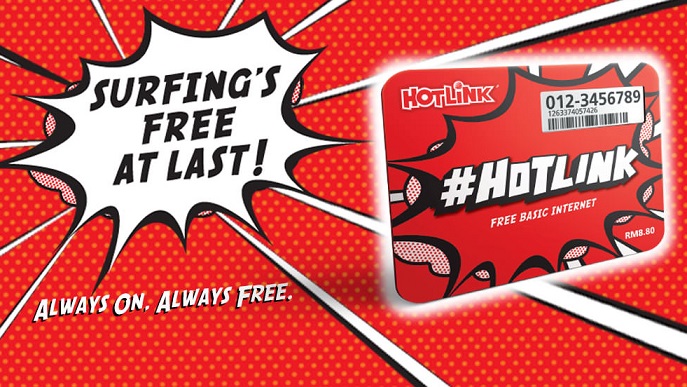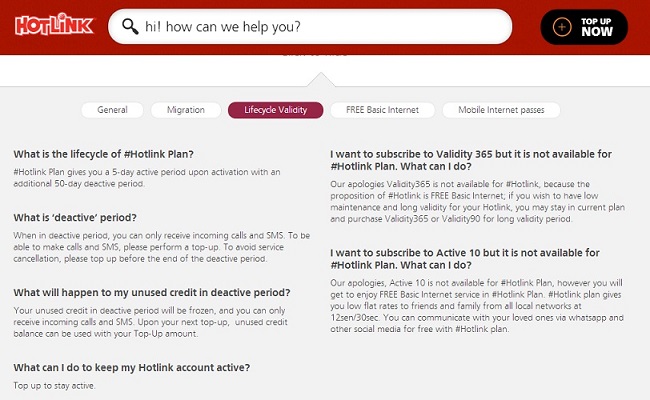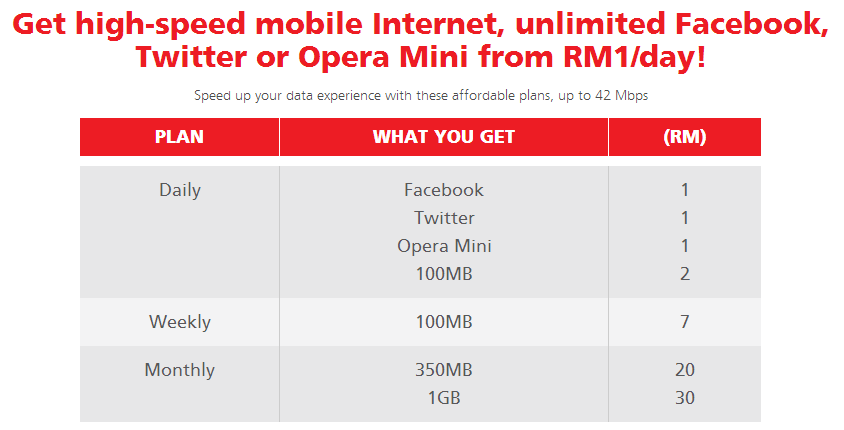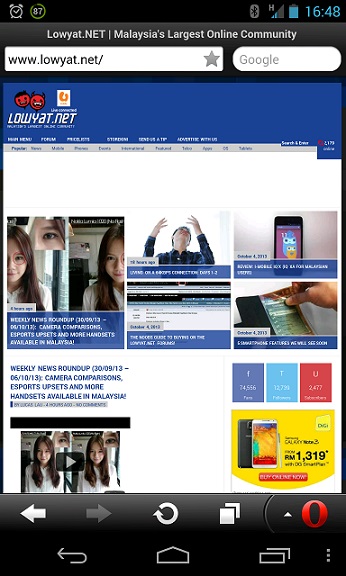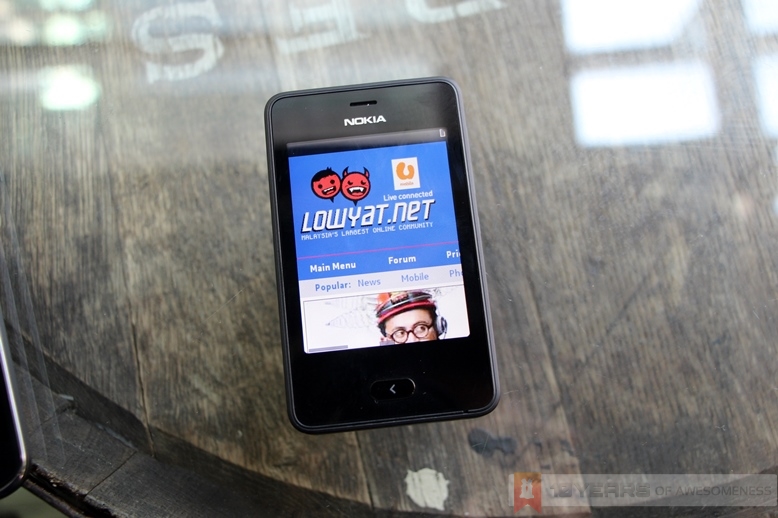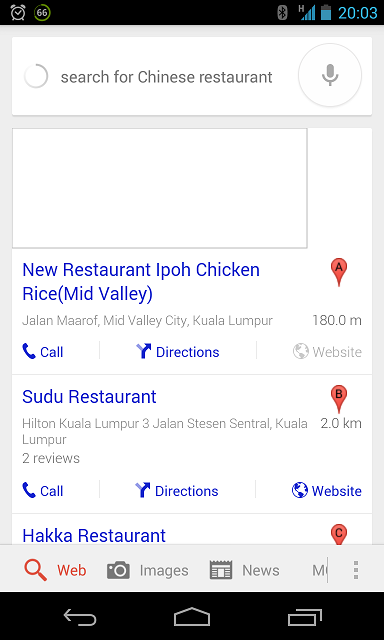There is a light at the end of the tunnel, and I’m headed there. Soon.
At the end of Day 2 of the “Living on a 64kbps Connection” experiment, I realised I was heading to a weekend without WiFi at home (part of the stipulations I must adhere to). There was, however, some tests to be conducted – especially outdoors – so I knew I wouldn’t miss it too much. I had the materials to work with for the second recap of the experiment, having traveled around KL for some parts of the weekend, but I was having a “The Two Towers” dilemma. How do you write something that has no beginning and no ending?
By going straight into the action, of course. This is my weekend on a 64kbps connection.
Article continues after the jump.
The Fine Print
I was caught with my pants down by the end of Day 2, when suddenly, my phone disconnected itself from the Internet. That comforting blue glow on the network status indicator was now a cold grey on my Nexus 4.
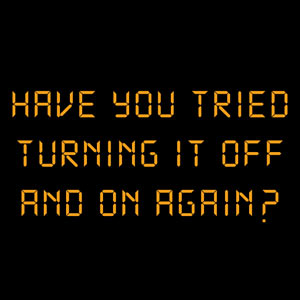 I did. It didn’t work. (image: ThinkGeek)
I did. It didn’t work. (image: ThinkGeek)
Thankfully, there was a convenience store nearby the office to purchase a top up, and I was back online soon enough. There was no missed WhatsApp messages, no DMs, no urgent emails to reply…nothing. Surprisingly, being offline wasn’t as scary as I thought – especially for a short duration.
To make sure I wasn’t caught in that situation again, I read the fine print of the new #Hotlink prepaid plan. Essentially, this is pretty much a standard Hotlink prepaid plan – with the exception that you get free basic Internet whenever “your account remains active”. That was a little subjective; what does it even mean? Do you get free Internet as long as your prepaid pack is on your smartphone until they automatically expire after 60 days of inactivity? What if you run out of credit, and have no opportunity to top up?
I wasn’t so sure. I asked our resident local telco expert, Huei; she wasn’t too sure either. The FAQ page on Hotlink’s webpage switches between “validity” and “active period”, which can be confusing. To be crystal clear, I asked our contact at Maxis. Turns out, it is relatively simple:
#Hotlink provides free basic Internet for users whose credit is still valid. By default, this means you need to top up RM5 to have a 5-day validity period, and so on.
Also, the access to free basic Internet means there are drawbacks to other areas of the #Hotlink prepaid plan. Active 10, for example, is not available; nor is the Validity 365 option. Plus, call rates are pretty expensive too at 24sen per minute (it’s advertised as 12sen per 30 seconds – pretty sneaky if you ask me).
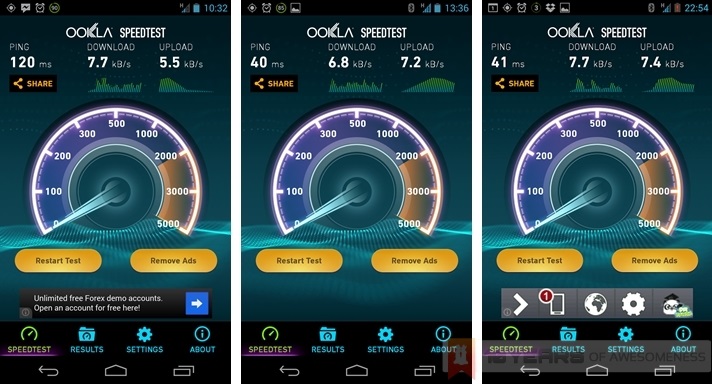 Speed tests in (L-R) Taman Tun Dr Ismail, SS2 Mall, Sports Planet Ampang
Speed tests in (L-R) Taman Tun Dr Ismail, SS2 Mall, Sports Planet Ampang
What happens when you need access to high-speed Internet? #Hotlink provides subscription-based options for that too, which is good – the flexibility of opting for high-speed Internet whenever needed is a blessing for prepaid users.
For its mobile Internet plans, the charges are broken down into four parts: unlimited access to Facebook (via m.facebook.com and the Facebook Java app), Twitter (via mobile.twitter.com), and browsing on the Internet using the Opera Mini browser. Each package are priced at RM1 per day.
The fourth option is to subscribe to high-speed Internet. Here it’s the standard prepaid affair of subscribing either via daily, weekly or monthly packages ranging from RM2 to RM30, depending on the quota selected.
Now that I’m more aware of the fine print, it’s time to try out more of what I can do with the #Hotlink prepaid.
Apps, Apps, Apps!
Perhaps I had gotten too used to being constantly connected to 3G (well…when the “Yellow” network isn’t acting up). I didn’t care too much about data compression or alternative apps that help you keep data intake low; after all, I’d subscribed to a postpaid plan with 3GB of monthly Internet quota which also offered free 2GB of data every month. That’s 5GB per month for a user who only hits on average 1GB every month – being throttled was a threat that was non-existent.
Now that I’m on 64kbps, I’ve become acutely aware of how it is like to be throttled. Shortly after I published my experiences of the first two days on 64kbps, I was amazed at the response. The comments on both the article as well as on our social media channels were extremely helpful. I’d forgotten about that gem of a browser, Opera Mini, which sports data compression technology, allowing you to save up to 90% in data consumption when surfing. I could even lower the quality of images loaded on a webpage, or even to not load them entirely.
Readers also mentioned Nokia’s Xpress Browser, found on the Asha series of smart feature phones such as the Asha 501, which has a similar rate of data compression. Having tried out both the Asha 501 and Asha 511 previously, I remembered how the experience was like: slow, but the page loads eventually. Opera Mini felt faster, and available on Android smartphones. Plus, the installer is only 980KB.
Also, reader fisherman10 recommended a little-known app called Onavo Extend, which promises “up to five times more out of your data plan without changing the way you use your phone”. Just like the data-compressing browsers mentioned earlier, Onavo extends that feature by compressing all data going in and out of your device. It also features a universal data caching tool that utilizes a smartphone’s microSD card.
However, I don’t think I’d be using Onavo Extend. Granting an app access to all data passing through my smartphone seems a bit dangerous for me. Also, given that the main purpose of Onavo is to reduce the total data usage, it is perhaps better suited for those looking to maximise their data plans – or avoid the dreaded data throttling, however you look at it.
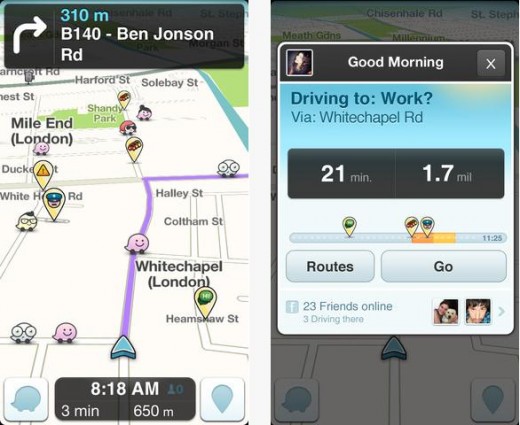 For illustration only.
For illustration only.
Finally, the biggest surprise over the weekend was Waze. The turn-by-turn navigation app was refreshingly responsive despite being on a 64kbps connection. With WiFi turned off, even the GPS lock took a matter of seconds, while route calculation took less than 10 seconds. As I was making my way from start to end point, I made sure to test out how long it took to recalculate my route; again, I was pleasantly surprised at the speed, which came to about 5 to 10 seconds.
The same, however, could not be said of Google Maps and its integrated turn-by-turn navigation. Sure, the GPS lock was quicker than on Waze, but the route calculation was spectacularly slow. Interestingly, the same could not be said of other Google services: Google Now is slow to load, but its Voice Search feature was very quick to convert audio to text, before coming out with a response shortly after.
Feeling it in the Head
Unfortunately, this experiment has had its other side effects. I notice that over the past four days, my patience was frequently tested in situations where I had no issues before. I was also distracted more: constantly checking if that webpage had loaded, or if that Instagram picture had been successfully uploaded; or whether that app has finally been successfully downloaded. Sometimes, tweets with pictures only upload two hours later. News feed refreshes constantly timed out. Email attachments take ages to download.
I’d even resorted to initiating the download of apps at bedtime, hoping to wake up to a new installed app. For two days straight, I’d woken up to download errors for both the app download as well as other automatic app updates.

Thanks for the video suggestion, @winkiedilwy!
It was a constant waiting game for almost everything I did on the phone. The initial frustrations was quickly turning into weariness and stress. And I hadn’t even tested out YouTube playback and uploading Instagram videos yet.
All Things End…Eventually
Fortunately, the experiment is close to completion. I have found out apps I wouldn’t have heard of were it not for this experiment. I realised I could rely on a 2G connection when navigating using Waze, if necessary. And surfing on Opera Mini’s not all that different at face value, too.
Best of all, there’ll be more discoveries in the final three days of the experiment. YouTube playback, Instagram videos, VoIP calls…they’re all just waiting to be tested. And then, it’s back to 3G for me.
 Soon. (image: mybroadband.co.za)
Soon. (image: mybroadband.co.za)
There is a light at the end of the tunnel, and I’m headed there.
Follow us on Instagram, Facebook, Twitter or Telegram for more updates and breaking news.


